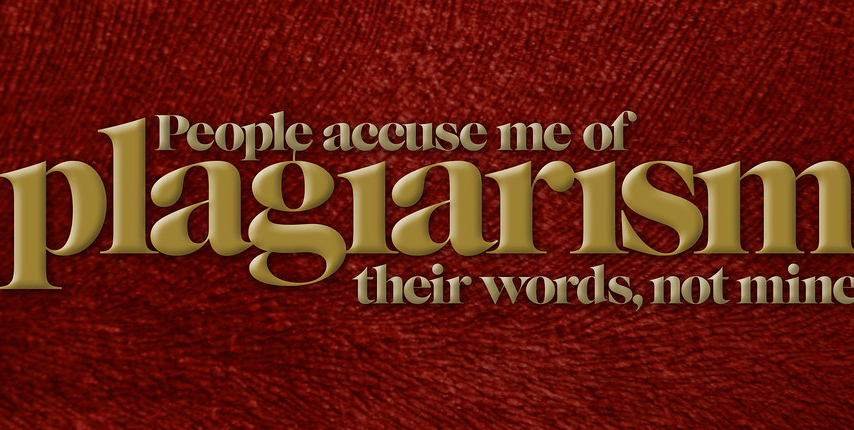Know What is Referred to as Accidental Plagiarism
Plagiarism can be defined as “the representation of another author’s language, thoughts, ideas, or expressions as one’s original work.”
It is a very common knowledge that if plagiarism is detected, it can have legal consequences as the website from which the contents are copied might have copyright laws or DMCA protection.
Also, the website’s traffic can get significantly affected as the search engines have sophisticated software to ensure that only the page with the most original work is displayed on the result page.
Plagiarism in Any Form should be Avoided
(Credit: https://live.staticflickr.com/5538/9634178575_72928a7ee5_b.jpg)
While cases of intentional plagiarism are a punishable offense, one would be surprised to know that of the many types of plagiarism, accidental or unintentional plagiarism is one of the most common too.
Due to rising instances of online content on different topics, it has become common to plagiarize accidentally.
Since the content is the essential thing in a website, it is better to avoid plagiarism altogether. Here are some ways to avoid accidental plagiarism in content and to write more original content.
- Always cite sources
One of the most common ways of giving into accidental plagiarism is not to cite the source or even misquote the source. Hence, it is always safe to ensure that all the sources are correctly cited using quotation marks, hence, avoiding plagiarism.
- Better consult more than one source.
When one reads from only one source, it is relatively easy to paraphrase someone else’s work. To avoid that from happening, it is always better to read from several sources.
Reading More Sources Can Save A Writing From Accidentally Plagiarizing A Text
(Credit: https://farm8.static.flickr.com/7058/6817840912_185871a34d.jpg)
It gives unique ideas to the writers helping the writer to produce an original writeup and reduces the chances of plagiarism.
- Use a plagiarism checker.
It is always better to consult a plagiarism checker after writing an article. The plagiarism checking software usually looks for verbatim (word for word) overlaps, preventing paraphrasing. Some of them also provide a link to the page the article was copied from.







